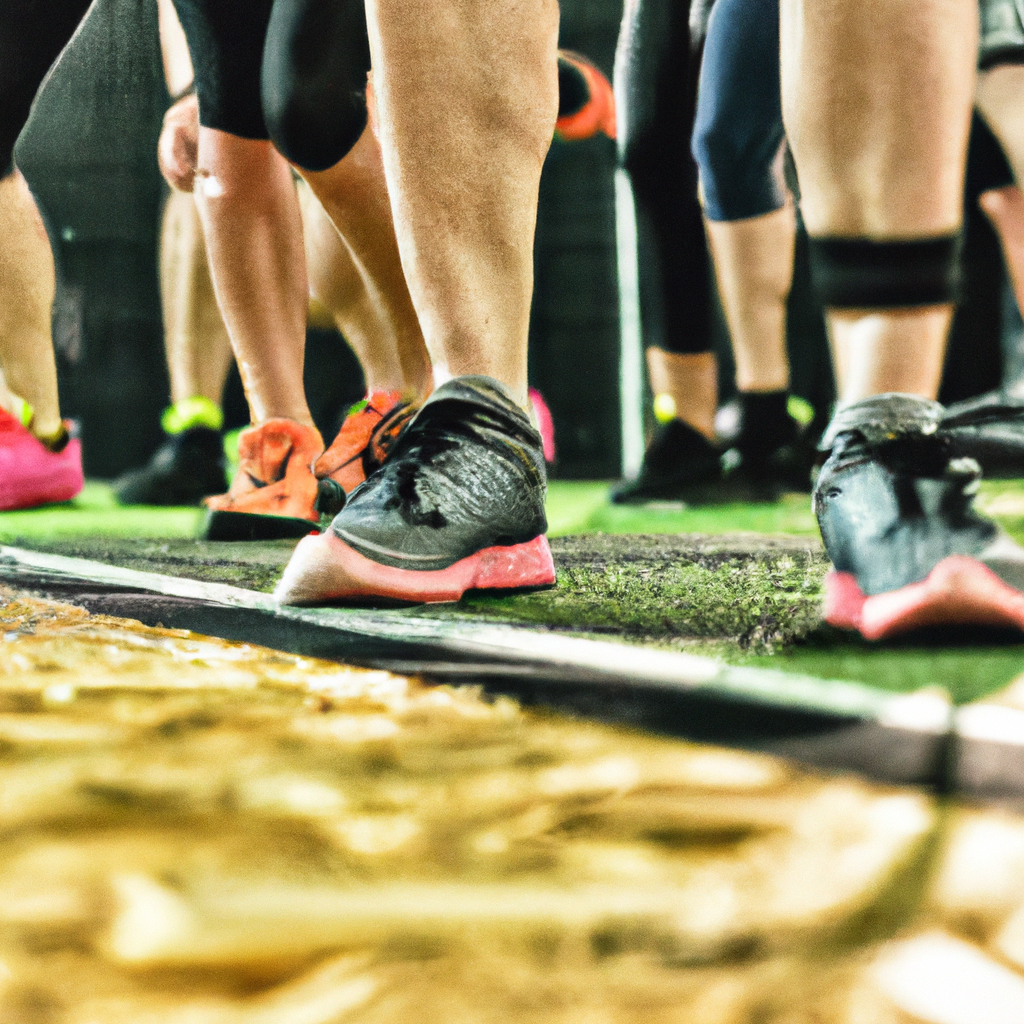“Fitness Through the Ages: How Historical Practices and Ancient Wisdom Can Shape Modern Health Routines” In

# Fitness Through the Ages: How Historical Practices and Ancient Wisdom Can Shape Modern Health Routines
In an era dominated by technological advancements and fast-paced lifestyles, the quest for optimal health often leads us back to our roots—historical practices and ancient wisdom that have stood the test of time. Fitness through the ages reveals a trove of knowledge that can enhance modern health routines, offering insights into holistic well-being and physical vitality. By understanding how our ancestors approached fitness, nutrition, and wellness, we can forge a more balanced and effective path toward health.
## The Historical Context of Fitness
Historically, fitness was not merely a pursuit of aesthetics; it was a necessity for survival. Ancient civilizations, from the Greeks to the Chinese, recognized the importance of physical health for both individual and societal prosperity. The Greeks celebrated the connection between mind and body, exemplified by the Olympic Games, which emphasized strength, endurance, and skill. Meanwhile, the ancient Chinese practiced Tai Chi and martial arts, focusing on fluid movements and breath control, which align body and mind.
In indigenous cultures, physical activity was often interwoven with daily tasks and rituals, fostering a natural form of fitness that was both functional and spiritual. These practices encompassed a wide array of physical movements, from dance and hunting to farming and gathering, promoting a sense of community and connection to the environment.
## Benefits of Ancient Practices in Modern Health Routines
1. **Holistic Approach**: Ancient fitness philosophies emphasize the integration of mind, body, and spirit. Modern routines often focus solely on physical output, neglecting mental and emotional health. Incorporating practices like yoga or meditation can enhance overall well-being, reducing stress and improving cognitive function.
2. **Functional Movement**: Many historical fitness practices prioritize functional movements that mimic everyday activities. This approach is particularly relevant in today’s sedentary lifestyle, where strength training often overlooks real-world applications. Incorporating exercises that promote functional strength—such as squats, lunges, and core stability—can enhance daily performance and reduce injury risk.
3. **Community and Social Connection**: Ancient cultures often engaged in physical activities as a community, cultivating social bonds. Modern fitness routines can benefit from this communal aspect, whether through group classes, team sports, or outdoor activities. Exercising with others can motivate individuals and create a supportive environment.
4. **Mindful Eating**: Historical diets were often based on whole, unprocessed foods sourced from local environments. Modern nutrition can adopt this wisdom by emphasizing the importance of whole foods, seasonal eating, and mindfulness in food choices. This not only supports physical health but also fosters a healthier relationship with food.
5. **Variety and Adaptability**: Ancient fitness routines encompassed a variety of practices, from strength training to endurance activities, maintaining engagement and adaptability. Modern routines can benefit from this variety, incorporating different forms of exercise—such as cycling, swimming, and yoga—to keep workouts fresh and exciting.
## Tips for Integrating Ancient Practices into Modern Routines
1. **Explore Different Cultures**: Investigate fitness practices from various cultures, such as Capoeira from Brazil, Kung Fu from China, or traditional dances from indigenous tribes. Incorporating diverse movements can add excitement and new skills to your routine.
2. **Practice Mindfulness**: Incorporate mindfulness into your workouts. Focus on your breath, the sensations in your body, and the environment around you. Practices like yoga and Tai Chi naturally integrate mindfulness, promoting both physical and mental well-being.
3. **Connect with Nature**: Emphasize outdoor activities that connect you with nature, such as hiking, cycling, or outdoor yoga. These activities not only promote physical fitness but also enhance your mood and reduce stress levels.
4. **Form a Community**: Join a group or class that aligns with your interests. This could be anything from a local running club to a dance class. Engaging with others fosters motivation, accountability, and a sense of belonging.
5. **















Post Comment